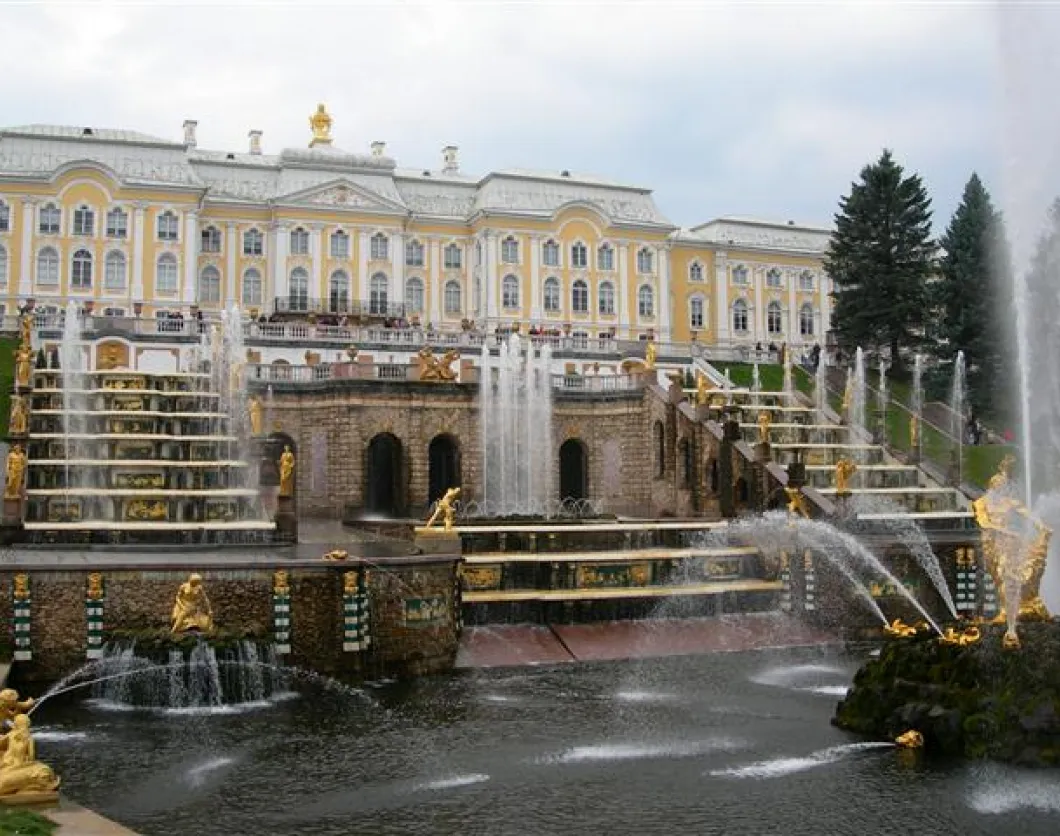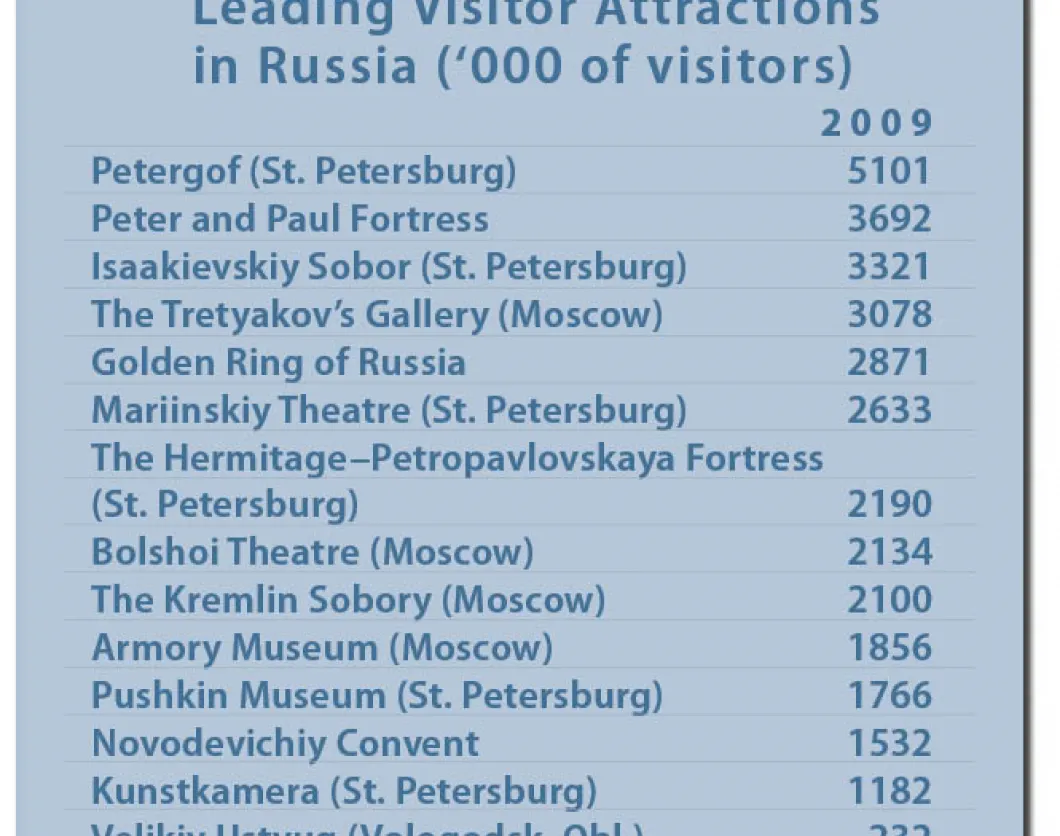Russia is gradually becoming more urbanized. In 2010, 73.1% of the population lived in urban areas and in 2030 the share will be 76.7%. There is a steady stream of migrants westward from Siberia and the Far East. The area makes up 70% of Russia's territory, but contains less than 8% of its population and large numbers leave each year.
Moscow is the largest city. It represented 10.2% of urban population in 2010 and the share will rise to 10.6% in 2030. At that time, Moscow will be more than twice as large as St. Petersburg, the second largest city.
In 2009 around 11% of the total population lived in Moscow and St. Petersburg. While the differences between rural and urban lifestyles are very profound, the gap between the country’s two major cities and the rest of its territory is even greater.
In the past 15 years, investors in Russia’s consumer markets focused almost exclusively on Moscow and St. Petersburg, as the two cities offered a very high concentration of well-off consumers, while the rest of the country was relatively poor. However, as consumer markets in Moscow and St. Petersburg have become increasingly competitive and the population in other important cities, such as Yekaterinburg and Nizhniy Novgorod, has also experienced a notable increase in disposable incomes, more investors will look into opportunities for investment outside the two main cities.
Consumer markets flourished in Moscow and St. Petersburg as the incomes of their residents grew at a faster pace and the two cities, both in the European part of Russia, were more conveniently located for international investors and better connected to transport infrastructure than the rest of the country.
As a result, the diversity of players in these two cities is much greater than in the rest of the country and competitive pressures are significantly higher. The vast choice of products and retailers is increasingly attracting shoppers from outside the cities, particularly since more and more consumers are able to afford private cars.
Investors, many of which have already created nationwide brand awareness through advertising and public relations, will increasingly seek to expand to smaller cities and towns and access under-served consumers with their brands.
By Euromonitor International Experts










